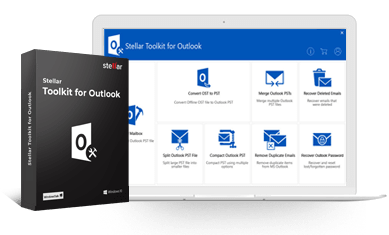
Instead, Alike will compare data on disk to information from the previous backup and only send changed data back to the ADS in AMB files.Īgain, at this stage, the data is not globally deduplicated until Alike finishes processing these AMBs by saving distinct block data in its BDBs.
#DEDUPLICATOR SOFTWARE FULL#
Once an initial backup completes and the AMBs are fully committed, the next backup will use information from the previous backup to avoid a full scan. You can see the progress of this background operation on the dashboard by looking at the commit queue: SEP software-based deduplication runs on any hardware. This data is compressed into an efficient format and will appear in your ADS “validate” subdirectory as AMB files:Īlike will then process these AMBs in the background and deduplicate them. This flexibility allows you to accommodate different use cases for both deduplicated and raw data. When Alike backs up a VM for the first time, it performs a full scan of the VM’s disk and copies down the entire VM’s disk data to the Alike ADS (Alike Data Store). Since each unique block is only stored once, Alike can store any number of copies of an identical VM with negligible overhead, and can store similar VMs inexpensively as well. Alike’s backend consistents of large, contiguous files called BDBs which contain globally unique blocks representing 512KB sections of backup data. Solid-state storage systems often use dedupe to reduce the amount of data stored on expensive solid-state drives (SSDs).Categories: Deduplication, Backup, Storage, XenServer, Hyper-V, Alike v3, Alike v4Īlike is different than many other backup solutions thanks to its global data deduplcation.
#DEDUPLICATOR SOFTWARE SOFTWARE#
While software is another deduplication option, it may not support protocols already in place, as a dedicated deduplication appliance would.Īlthough deduplication originated as a backup technology, it is now also found in primary storage systems. When evaluating data deduplication hardware products, important factors to consider are dedupe ratios, storage infrastructure costs, performance requirements and existing data protection protocols. Global deduplication recognizes redundancies of data sent from one node to another and does not make an additional copy. This limits deduplication to individual appliances and can add management complexity. Unless the systems can perform global deduplication, they will not recognize redundancies across multiple appliances. While the plug-and-play experience of using hardware for dedupe can mean easy deployment, it could affect flexibility and scalability. Deduplication hardware often requires less maintenance than a software approach, and may see better compression levels. Dedicated appliances are typically seen as generic disk systems by the backup software, which may not even recognize that deduplication is taking place.

Because the appliances are purpose-built, data deduplication hardware can provide a quick deployment and simple integration with existing backup software. Smaller businesses and remote offices may steer clear of the hardware approach.ĭata deduplication hardware is known for its high performance, as well as relatively non-disruptive deployments. Because of this, it is often used by companies that work with bigger data sets and smaller bandwidth constraints. By emphasizing reduction at the target, deduplication hardware can provide faster performance for large data sets. While source deduplication allows dedupe software to use less storage and bandwidth, it requires more processing power. It does not tax the server's CPU, however. Data reduction techniques reduce the amount of capacity required for backups.īecause the reduction takes place at the target, hardware-based dedupe does not reduce the amount of data being sent across the network during a backup. Data deduplication, also called dedupe, increases efficiency by eliminating unnecessary copies of information from the backup process. Subsequent backups only copy changed data blocks. It replaces the redundant data with a pointer to the unique copy. Data deduplication features can be found in data protection hardware such as virtual tape libraries, backup appliances and network-attached storage systems.ĭata deduplication recognizes redundant data and only stores one copy on disk.


Hardware-based deduplication products perform deduplication at the target rather than the source, or server. Data deduplication hardware is disk storage that eliminates redundant copies of data and retains one instance to be stored.


 0 kommentar(er)
0 kommentar(er)
